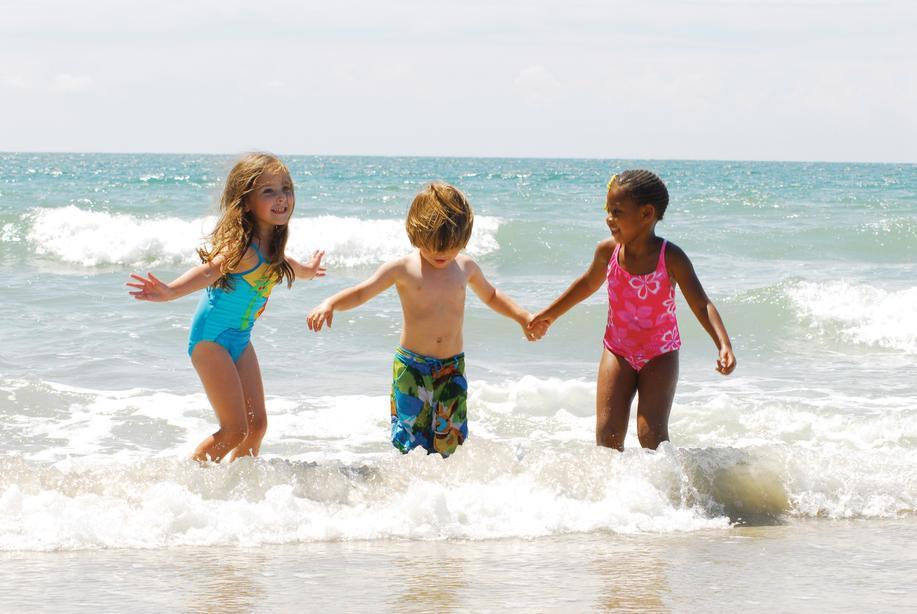The instructions of the Pediatrician are explicit and categorical: “Dive him in the sea as soon as he is born. Babies are so familiar with water exactly as fish … . If some babies are born “mermaids” or “sorgoes”, some others are disgusted with water and are really afraid of it .
According to scientific studies, not all children are “lovers” of the sea, nor do they achieve the same resistances on the scale of fear. Every child is a special case, a different entity of which we have to respect the preferences. Many parents, however, are throwing anchor in their own personal “wanting” forcing children to love the sea directly or indirectly, perhaps ignoring the fact that no love is gained either by the strength or by the stiffness. Big mistake, since experts have pointed out from time to time that no “miraculous” sea water and no exercise on the sea are beneficial if they are not made with joy and appetite from the child. My own child is, for the time being, in the category of those who do not love the sea. Neither the pool. Not the fish either. Not even the mermaids. Neither Nemo. For example she loves to hang on the deckchair, to drink frozen juices, to browse magazines and to repeat in imperative style every two minutes “Andea I need to go to the toilet !” I tried everything, I read everything, bought it all and “I saw everything” to change it . No. This, the third summer of his life, is not going to be transformed into a shark that will run threateningly out of him for sinking at the “elbow” at the moment he screams. Nor will I try to buy one of her plunge with tons of orange juice and ice cream promises. This summer, I will let him sit on his sunbed, with his juices, his magazines, the cliche expression “Anda wants to go the toilet !” Regards to the contemporary child psychologist’s notion that advices that children need to be more free. The freer it can by by our own stereotypes.
Ten tips for marine adventure
1. Before going to the sea, cultivate a feeling of joy. Talk about toys with water and towers in the sand.
2. First, play with him at a great distance from the edge of the sea, taking care to often watery it with seawater.
3. Never push the child into the sea and never attempt to dive with it. Such a move can make it dislike the sea (and you) for a long time.
4. Even if it is true, do not show the child that you are afraid of water. Your panic is not only perceived by the child but transmitted as if it is Illness.
5. Do not show him that you want to swim. Act as you are … indifferent!
6. Avoid seas with waves, icy waters and rocks.
7. Walk slowly into the water by holding the child in your arms, standing or on the side, speaking calmly, smiling and facing his face towards yours.
8. The bracelets or the life jacket do not need before the child becomes familiar with the sea and this will be easier if you feel safe in your arms.
9. Slowly immerse his whole body in the water, which should not overcome his shoulders
10. Do not keep it stagnant, but move softly into the sea and do various toys with hands and feet.
11. If the child does not want to get into the water, you have to retreat and leave the beach by postponing the “bathroom” business for the next day







Comments are off this post